The world’s largest treehouse sits in the small town of Crossville, Tennessee, and took 14 years and 258,000 nails for minister Horace Burgess to build. Burgess began working on the structure in 1994 when he had a vision in which God spoke to him and said, “If you build me a treehouse, I’ll see you never run out of material.”
Soaring 100 feet high, the entire building wraps around seven giant white oak trees and covers nearly 10,000 square. All of this was with reclaimed wood and without blueprints. It cost the 56-year-old landscape architect around $12,000 to construct the world’s biggest treehouse.


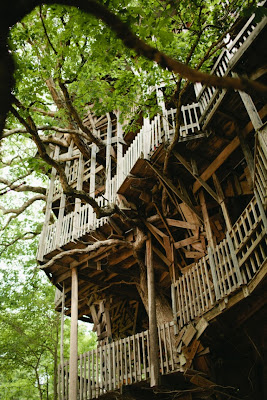
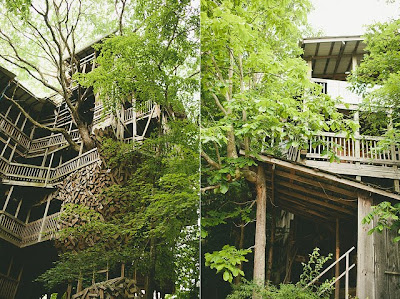
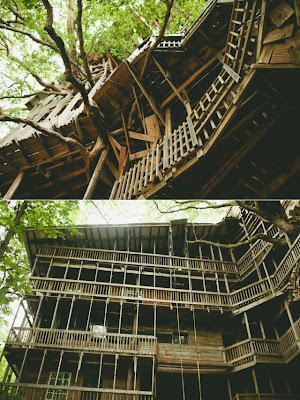
Image Sources: Flickr, Kristinsweeting
Thursday, June 14, 2012
Minister's Treehouse: The World's Tallest Treehouse
Posted by Fresh Pics at 9:30 PM
Labels: Buildings and Architecture, Feats and Records, Treehouses
Friday, November 18, 2011
The World’s Largest 3D Street Art
Street artists 3D Joe & Max created the world’s largest and longest 3D street art in London. The 12,490 square foot painting took seven days to create. The project was sponsored by Reebok. The 3D anamorphic painting was created at the Canary Wharf district of London and Guinness World Record representatives confirmed the record breaking feat on November 17, 2011.
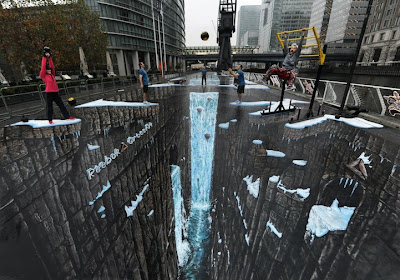
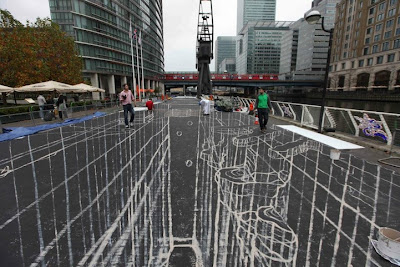
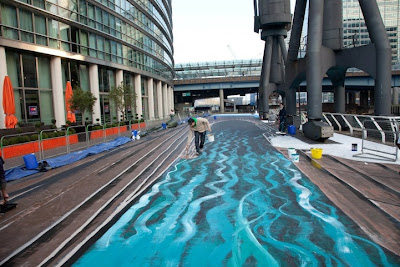



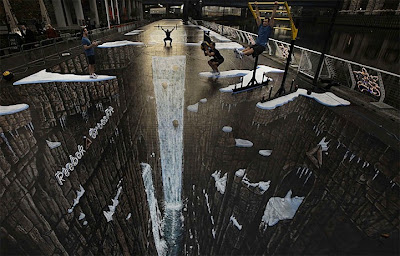
Source: ArrestedMotion
Posted by Fresh Pics at 11:50 PM
Labels: 3D, Art, Creative, Design, Feats and Records, Painting, Street Art
Tuesday, September 20, 2011
The World’s Largest Aquarium - Georgia Aquarium
The Georgia Aquarium, located in Atlanta, Georgia, USA is the world's largest aquarium with more than 8.5 million US gallons of marine and fresh water housing more than 120,000 animals of 500 different species. Four young whale sharks, four beluga whales, and four manta rays. (This aquarium is the only institution outside of Asia to house whale sharks.) There is 12,000 square feet of viewing windows and cost $290 million USD to build.
First opened to the public in November 23, 2005, the aquarium welcomed its 10 millionth guest on June 25, 2009.

Image Source: LUMAS

Image Source: LUMAS

Image Source: Georgia Aquarium
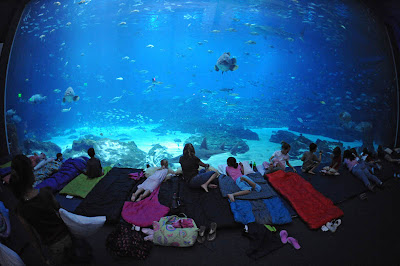
Image Source: Georgia Aquarium
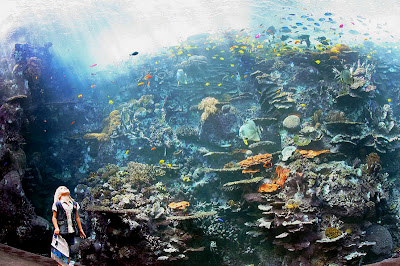
Image Source: Georgia Aquarium

Image Source: Georgia Aquarium
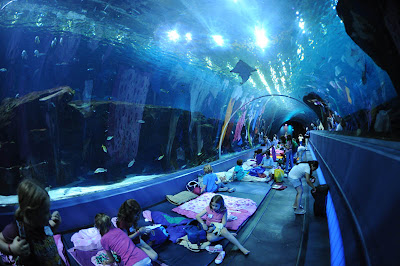
Image Source: Georgia Aquarium

Image Source: Georgia Aquarium
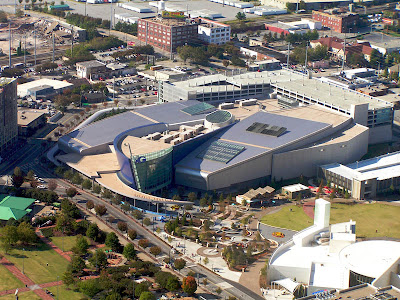
Image Source: wikipedia
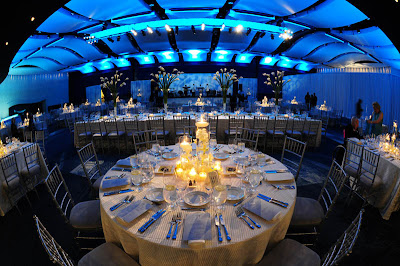
Image Source: Georgia Aquarium

Image Source: Georgia Aquarium

Image Source: Georgia Aquarium
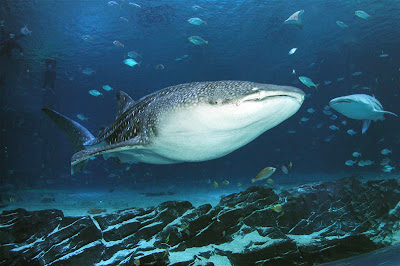
Image Source: Georgia Aquarium

Image Source: Georgia Aquarium

Image Source: Georgia Aquarium

Image Source: Georgia Aquarium

Image Source: Georgia Aquarium

Image Source: Georgia Aquarium

Image Source: Georgia Aquarium

Image Source: wikipedia

Image Source: Georgia Aquarium
Posted by Fresh Pics at 10:53 PM
Labels: Animals, Feats and Records
Thursday, April 14, 2011
The Great Mosque of Djenné - The Largest Mud Brick Building in the World
The Great Mosque of Djenné is the largest mud brick building in the world. The mosque is located in the city of Djenné in Mali on the flood plain of the Bani River. It is one of the most famous landmarks in Africa. Along with the 'Old Towns of Djenné' it was dubbed a World Heritage Site by UNESCO in 1988.
The date of construction of the first mosque in Djenné is unknown but dates as early as 1200 and as late as 1330 have been suggested.
The walls of the Great Mosque are made of sun-baked mud bricks called 'ferey', a mud based mortar, and are coated with a mud plaster which gives the building its smooth, sculpted look. The walls are between 16 in and 24 in (0.4 to 0.6 m) thick. The thickness varies depending on the wall's height: taller sections were built thicker because the base has to be wide enough to support the weight. Bundles of deleb palm wood were included in the building to reduce cracking caused by frequent drastic changes in humidity and temperature and to serve as readymade scaffolding for annual repairs.
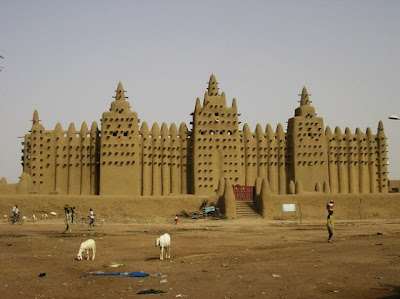
The walls insulate the building from heat during the day and by nightfall have absorbed enough heat to keep the mosque warm through the night. Gutters, made of ceramic pipes, extend from the roofline and direct water drainage from the roof away from the walls. Half of the mosque is covered by a roof and the other half is an open air prayer hall or courtyard. The roof of the mosque is supported by ninety wooden pillars that span the interior prayer hall. Vents in the roof are topped with removable ceramic caps, which when removed allow hot air to rise out of the building and so ventilate the interior.
The Great Mosque was constructed on a raised platform with a surface area of 5625 m² (62,500 ft²), which has so far protected the mosque from even the most severe floods. (Wikipedia).
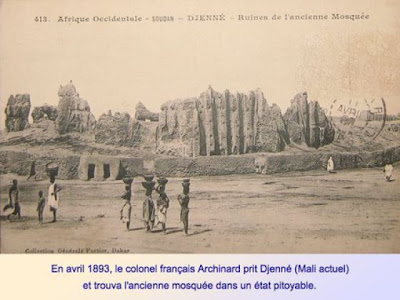
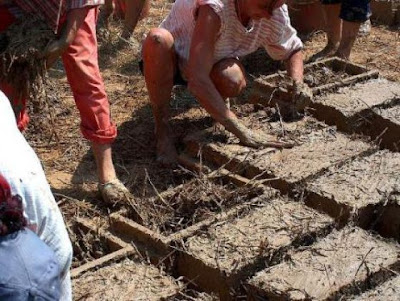
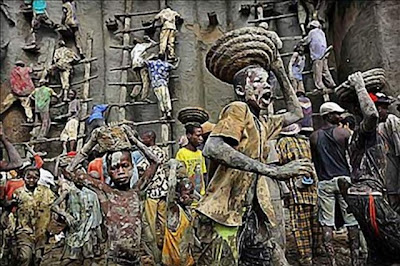
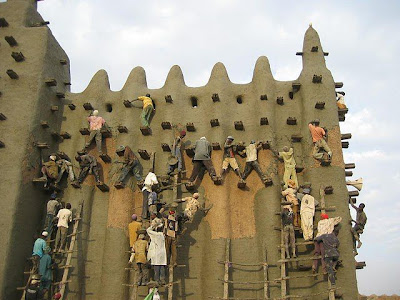
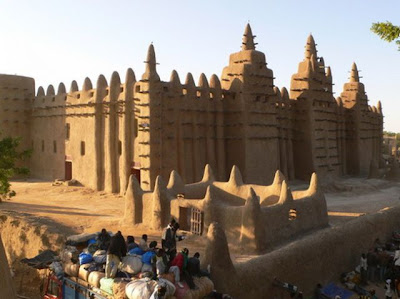



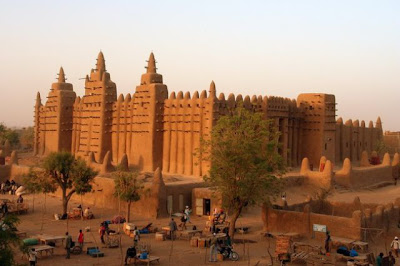
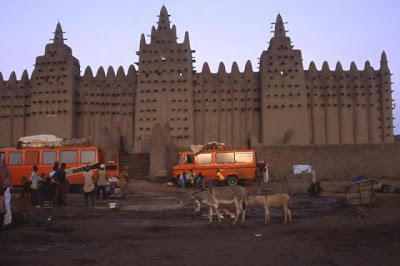
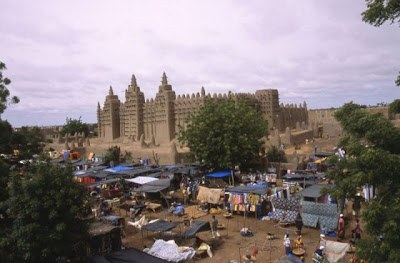
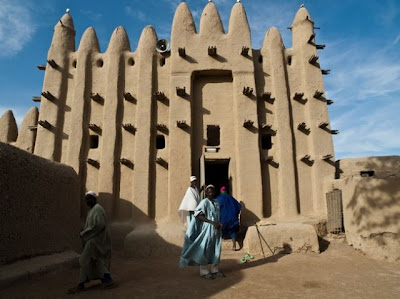
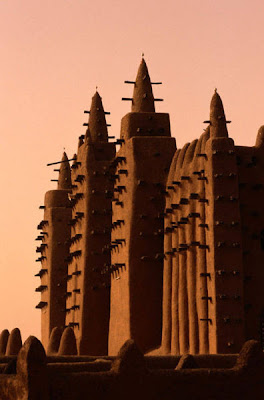
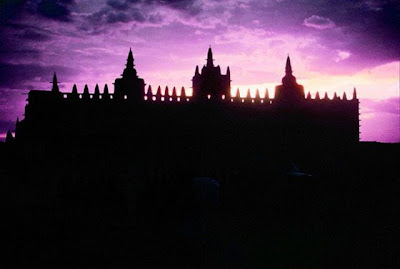

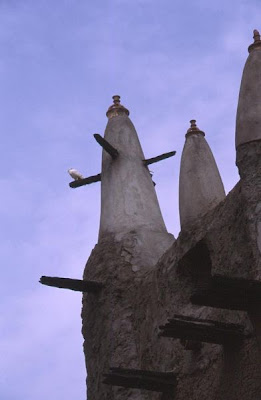
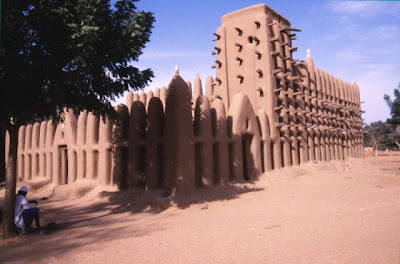

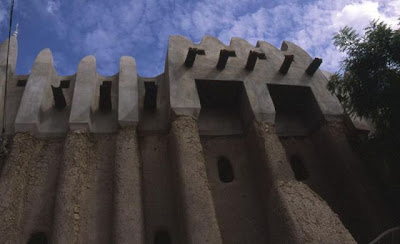

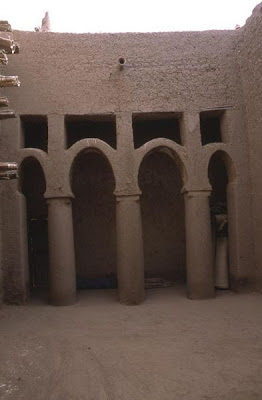
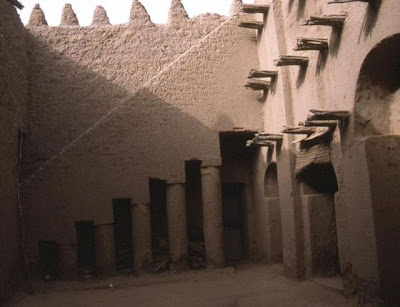


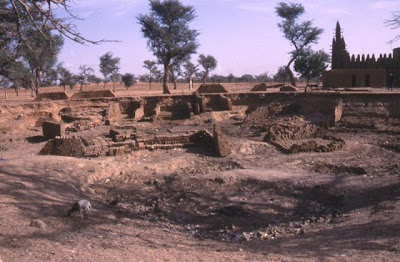
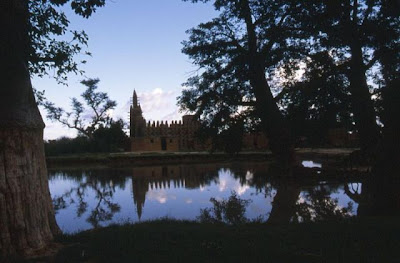

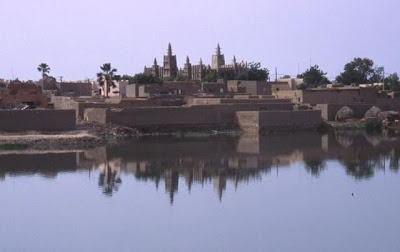

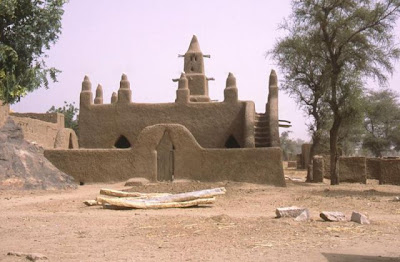



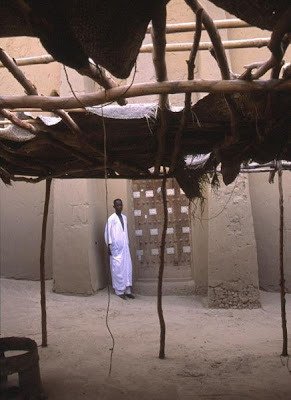
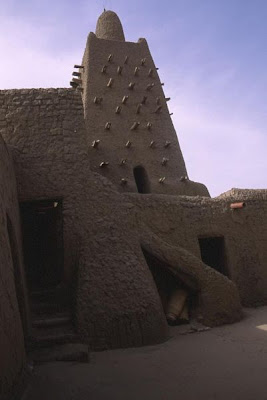
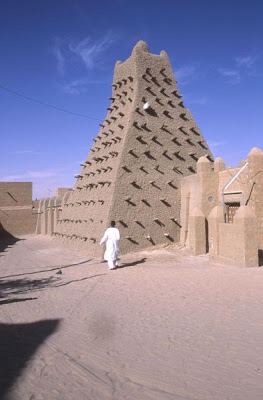

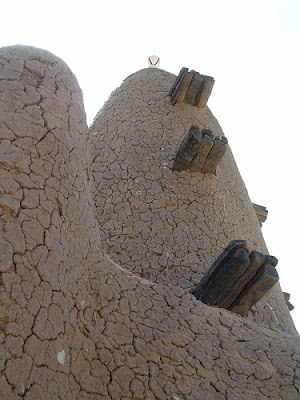
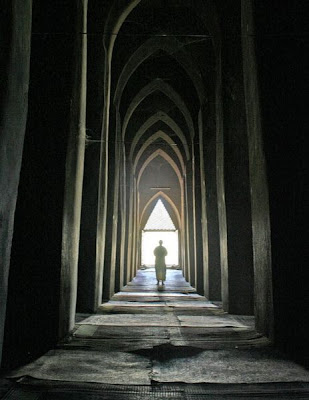

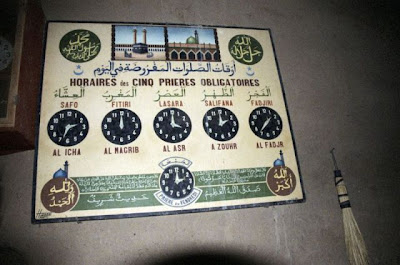
Source: clarepawley
Posted by Fresh Pics at 7:41 PM
Labels: Buildings and Architecture, Creative, Design, Feats and Records, History, Travel

